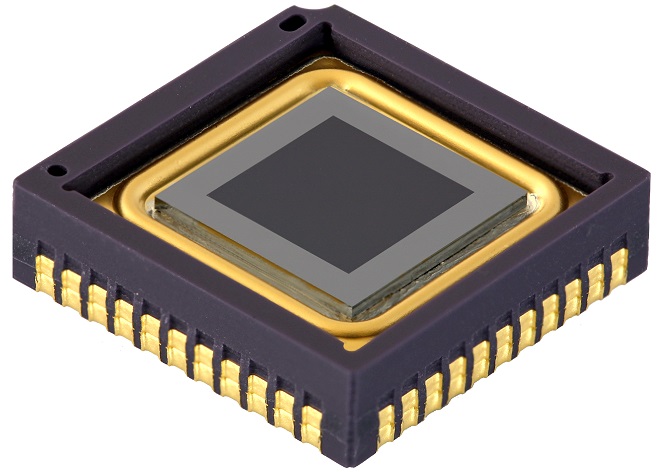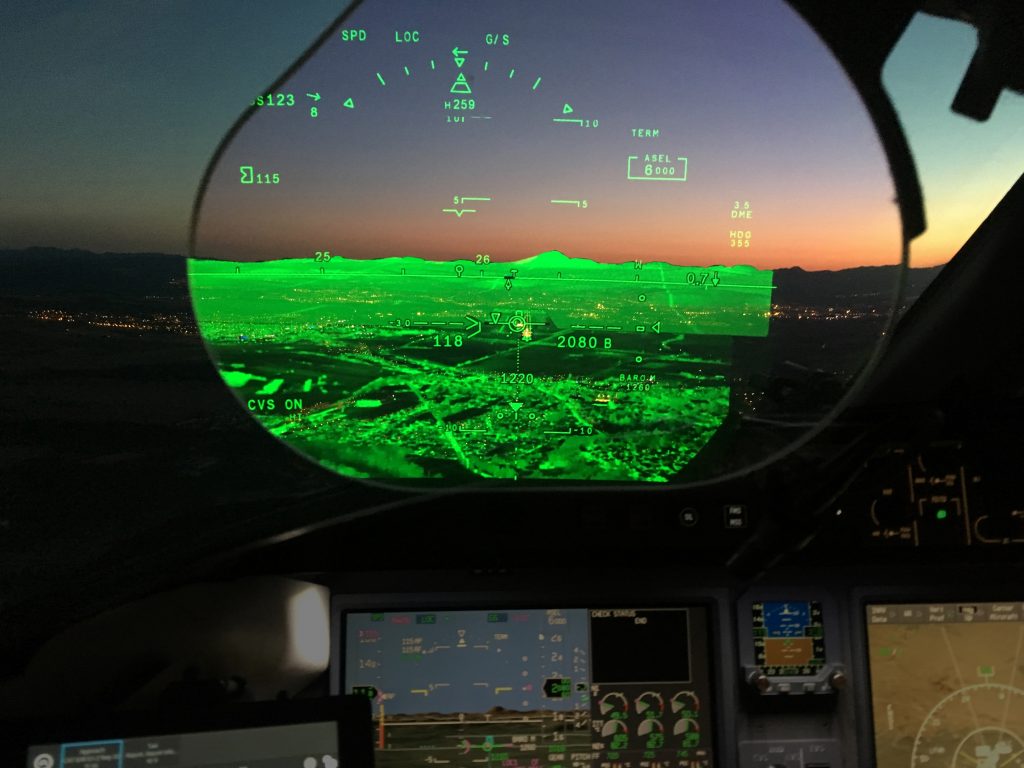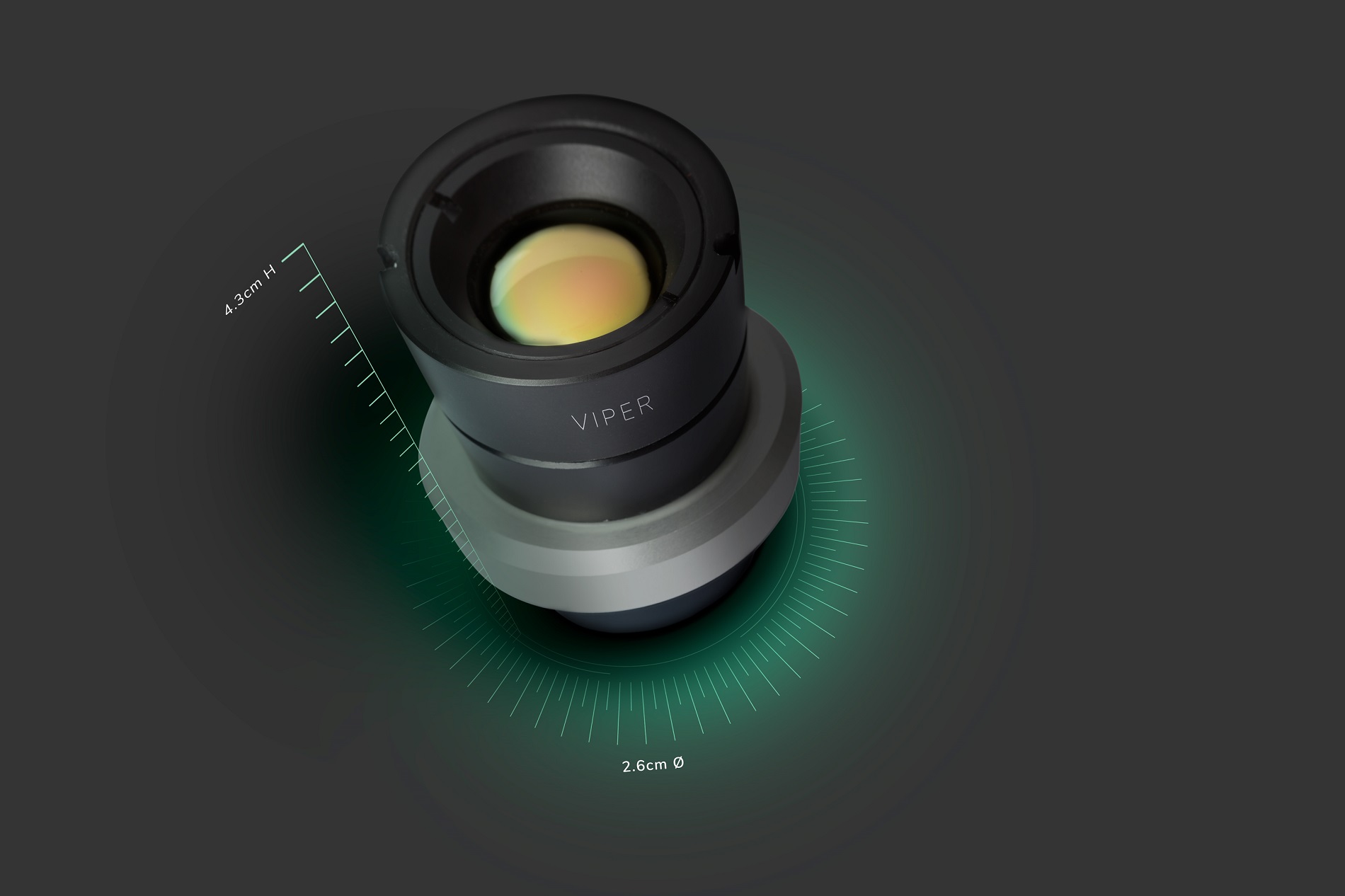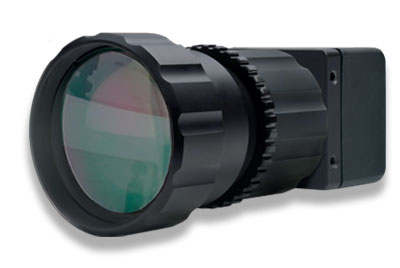ULIS will demonstrate Micro80P, the first in a new generation of thermal sensor arrays, at Sensor and Test in Nuremburg, Germany, May 14 - 16, 2013 at stand 12502.
Veurey-Voroize, France, May 14, 2013 - ULIS, a manufacturer of high quality infrared (IR) imaging sensors for thermography, security and surveillance, automotive and military applications, announces today it will conclude the first of two phases in the MIRTIC (Micro Retina Thermal Infrared) project with the launch of the Micro80P(TM) thermal sensor array. The launch will take place at the Sensor and Test Fair in Nuremburg, Germany, May 14 – 16, 2013.
Micro80P is the first 80x80 small pixel pitch high-sensitivity array in a line of next-generation thermal sensor arrays that meet the needs of applications seeking to achieve maximum energy efficiency in everyday use, such as building automation for heating, ventilation and air conditioning or automatic lighting.
The new thermal sensor array product line was developed within the scope of MIRTIC, a EUR 24.8M project set up by ENIAC Joint Undertaking (a public and private partnership in nanoelectronics) in 2012. Led by ULIS, MIRTIC project partners include: CEA-Leti, a leading microelectronic and nanotechnology research center, Integrated Systems Development, a global systems integrator, Metaio, a developer of augmented reality technology and Schneider Electric, a global specialist in energy management. The project will now move to the application development phase.
“ULIS has succeeded in creating a new market segment by filling the gap in performance between single or quad element thermal detectors and the large format or megapixel sensors we already produce for imaging applications,” says Emmanuel Bercier, market group leader at ULIS. “We used to our advantage a combination of three factors: our high-end microbolometer thermal detection technology, more than ten years’ experience producing small pixel pitch sensors and our skill in vacuum package technologies. As a result, we developed Micro80P in record time, enabling us, today, to bring the right product to the market at the right time.”
In contrast to single-element sensors, which are limited both in the number of pixels and data they provide, the Micro80P array has been designed to provide more reliable information. Access to accurate spatial and thermal information from the observed scene brings huge improvements in the ability to detect, analyze and classify human activity and room temperature in buildings.
“The development of occupancy sensors with advanced functionalities is essential for the deployment of energy saving solutions in building while maintaining optimum conditions of occupant comfort,” said David Dorn, applied technologies manager – buildings business at Schneider Electric. “Saving energy in buildings is essential to optimize comfort and services provided to occupants and to their activities in each room, according to room usages. Therefore, being able to determine real occupancy (number of people) in a room, even when people are immobile, represents the key information required for efficient room control. Depending on the level of information provided to a room controller, energy savings of 20 per cent to 50 per cent can be achieved with active control in buildings.”
Micro80P product advantages
Micro80P offers a thermal sensitivity greater than 100 mK under a blackbody illumination set at 20 degrees Celcius (equivalent to most room ambient temperatures), captured at a 1 Hz or 50 Hz frame rate, using a compact 34 micron pixel pitch. This result compares favorably to other existing technologies, which require more than twice the illumination energy needed, a reduced frame rate as well as a pixel pitch larger than 100 microns. As a consequence, they tend to be less compact and their system designs more expensive than Micro80P.
Moreover, irrespective of the sensor technology, the level of vacuum that surrounds the infrared detection chip affects the thermal sensitivity figure of merit. Micro80P uses a reliable ceramic vacuum package, a vacuum technology ULIS pioneered in 2006, of which 250,000 units have been produced.
Micro80P extends ULIS’ product catalogue from large thermal imaging sensors to small thermal sensor arrays to give customers a wider choice of products to cover applications requiring thermal detection: building energy efficiency management; additional applications in security for access control or people counting; healthcare, such as IR endoscopy or robotics systems for the elderly and car safety with additional sensors around the vehicle.
About ULIS
ULIS, a subsidiary of Sofradir and GE Equity, specializes in the design and manufacture of high quality infrared imaging sensors for thermography, security and surveillance, automotive and military applications. It enables makers of consumer electronics and infrared equipment to produce low weight, low power consumption and cost-effective thermal cameras in large volume.
ULIS is ranked number two in the world for infrared (IR) sensors delivered. It is one of the few to use amorphous silicon-based technology that provides unusually high uniformity, a key parameter for high-resolution imaging. Due to its amorphous silicon technology, a robust and reliable semiconductor material proven for its industrial production capacity, the company also achieves large-scale production, which is enabling it to meet the growing demand from existing commercial and emerging markets. ULIS is located in Veurey-Voroize, near Grenoble and employs 150 people. For more information, visit: http://www.ulis-ir.com















